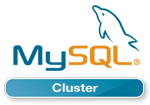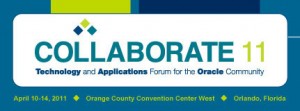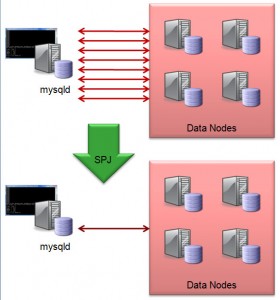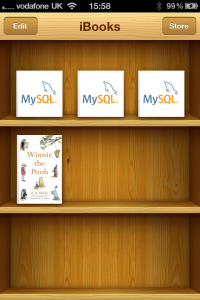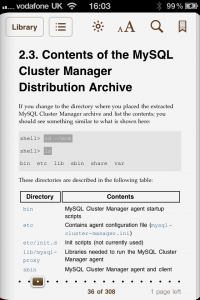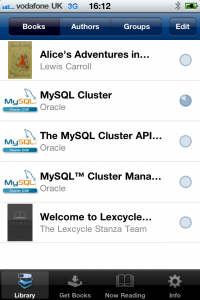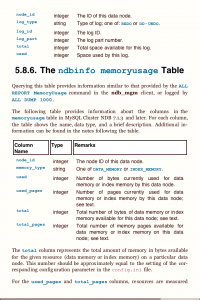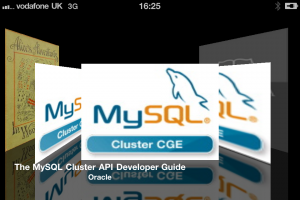
STOP PRESS: the recording of this forum is now available for replay.
On March 16th, we’re holding an on-line forum to discuss MySQL on Windows – I’ll be handling the High Availability session (includes MySQL replication and MySQL Cluster). The event runs from 9 am Pacific Time until 12:00 pm; the HA session is schedules for 11:00 Pacific and runs for half an hour. I’ll also be answering questions on-line during the forum. As always the even is free but you need to register here.
Here is the official description…
Join our Online Forum and discover how you can win with MySQL on Windows. Oracle’s MySQL Vice President of Engineering Tomas Ulin will kick off a comprehensive agenda of presentations enabling you to better understand:
- Why the world’s most popular open source database is extremely popular on Windows, both for enterprise users and ISVs
- How MySQL fits into the Windows environment, and what are the upcoming milestones to make MySQL even better on the Microsoft platform
- What are the visual tools at your disposal to effectively develop, deploy and manage MySQL applications on Windows
- How you can deliver highly available business critical Windows based MySQL applications
- Why Security Solutions Provider SonicWall selected MySQL over Microsoft SQL Server, and how they successfully deliver MySQL based solutions
Additionally, Oracle experts will be on live chat throughout the event to answer your toughest questions.
MySQL on Windows: It Just Keeps Getting Better!
Oracle’s MySQL Vice President of Engineering Tomas Ulin will kick off the Online Forum and review why MySQL has become highly popular on Windows for both enterprise users and ISVs, as well as Oracle’s MySQL on Windows Strategy. Senior Product Manager Rob Young will then help you understand how MySQL fits into your familiar Windows environment, covering MySQL Connectors, integration with Visual Studio, security aspects…and more. They will also review the improvements Oracle recently delivered as well as the upcoming milestones to make MySQL even better on Windows.
From Modeling to Performance Tuning: MySQL Visual Tools for Developers & DBAs
Are you wondering what visual tools are at your disposal to effectively develop, deploy and manage MySQL applications on Windows? Mike Zinner and Rob Young will show you how you can benefit from the following tools:
- MySQL Workbench, which provides visual data modeling, SQL development, and comprehensive administration tools for MySQL server configuration, user administration, and much more.
- The MySQL Enterprise Monitor, a “Virtual DBA assistant” that helps MySQL DBAs manage more MySQL databases as well as find and fix problems before they become serious problems or costly outages.
- The MySQL Query Analyzer, which helps improve your C# and .Net application performance by monitoring query performance and accurately pinpointing SQL code that is causing a slow down.
- MySQL Enterprise Backup, to perform online hot MySQL backups.
Implementing MySQL High Availability Solutions on Windows
Databases play a key role in ensuring application availability, and MySQL offers a range of HA solutions on Windows. Senior Product Manager Andrew Morgan will in this session explore two of them:
- MySQL Replication, which has been widely deployed by some of the leading web properties and in the enterprise to deliver highly available database services, providing a means of mirroring data across multiple hosts to withstand failures of individual systems.
- MySQL Cluster combining 99.999% availability with the low TCO of an open source solution. With a distributed shared-nothing architecture and no single point of failure, MySQL Cluster can scale linearly to meet the unprecedented demands of the next generation web services & telecom applications.
Customer Story: SonicWall
SonicWALL provides network security and data protection solutions enabling to secure, control and scale global networks. Director of Product Management Jan Sijp will share with you how they have successfully delivered MySQL based solutions on both Windows & Linux, providing information about the challenges they were facing, why they selected MySQL over Microsoft SQL Server, and the implementation process.
